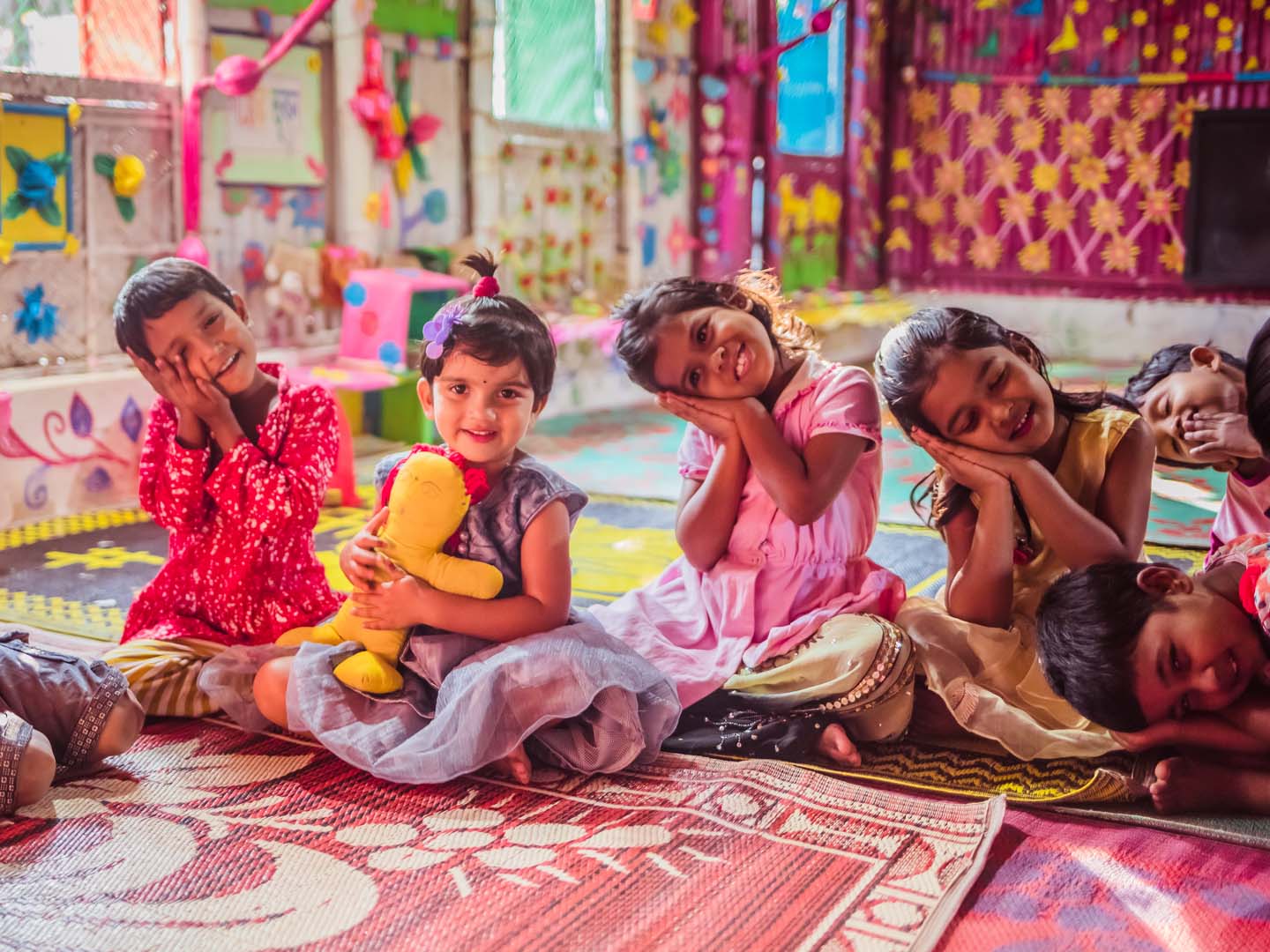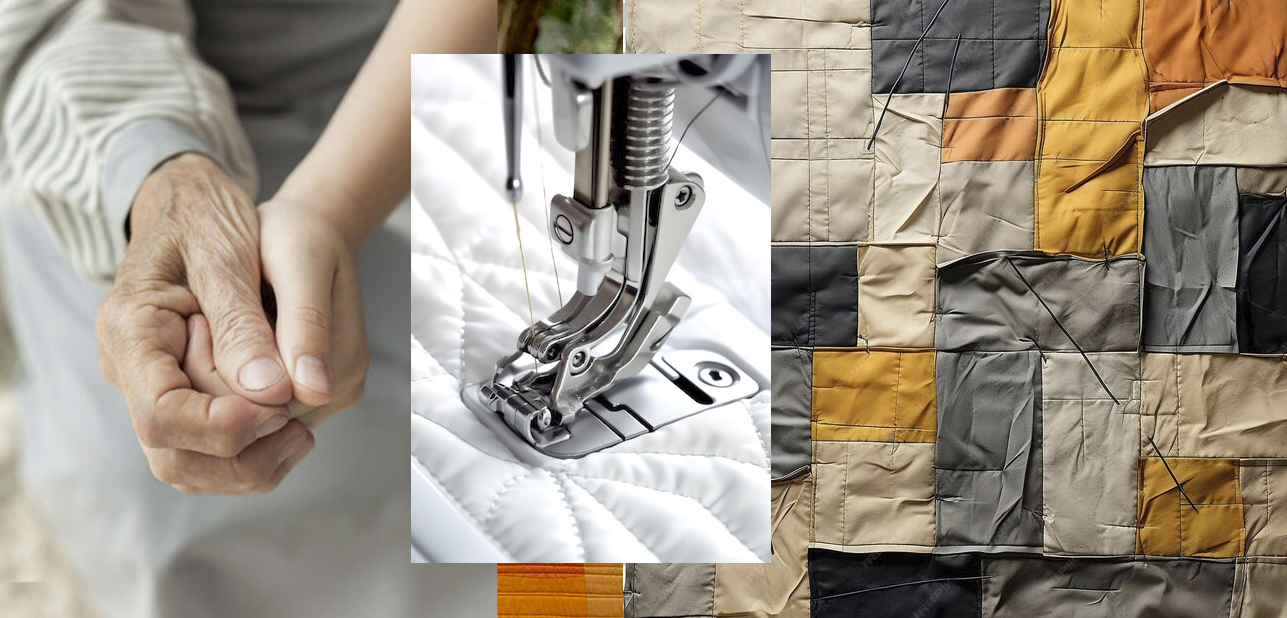How Crafting Can Improve Mental Health and Well-Being

The Mental Health Benefits of Crafting
In today’s fast-paced world, many individuals seek effective outlets to alleviate stress and enhance their overall well-being. One increasingly popular method is crafting, which encompasses a wide range of activities such as knitting, painting, woodworking, and scrapbooking. Engaging in these creative pursuits not only fuels imagination but also offers profound mental health benefits.
- Reduces Anxiety: The rhythmic motions involved in crafting can help calm anxious thoughts. Activities such as knitting or crocheting create a repetitive motion that can be meditative in nature. Crafting allows individuals to focus on the materials and processes, providing a constructive distraction from daily stressors. For instance, a recent study from the University of California reported that individuals who knitted regularly experienced a 30% reduction in symptoms of anxiety.
- Boosts Mood: Completing a project can provide a sense of achievement, elevating one’s mood. Whether it’s finishing a painting or completing a DIY furniture piece, the rush of satisfaction can trigger the brain to release dopamine, a neurotransmitter that plays a role in pleasure and reward. This sense of accomplishment can be particularly beneficial for those who may struggle with feelings of inadequacy or low self-esteem. A local quilt-making group in Chicago created a collective project that not only resulted in a beautiful display but also significantly uplifted the spirits of the members involved.
- Promotes Mindfulness: Crafting demands focus, allowing individuals to live in the moment. Engaging in a hands-on activity facilitates presence and creates a flow state, where distractions fade away, and concentration intensifies. Practices such as watercolor painting or pottery can immerse individuals deeply, leading them to experience greater happiness and reducing feelings of overwhelm related to their daily lives.
- Enhances Social Connections: Many craft activities encourage community through workshops and group projects. Crafting can be a highly social endeavor; joining a pottery class or attending a knitting circle can foster connections and friendships. For example, in community centers across the United States, crafting clubs often serve as a platform for individuals to bond over shared interests, ultimately creating a sense of belonging and support.
Research indicates that engaging in creative activities can lead to significant improvements in mental health. A study by the American Journal of Public Health found that individuals who craft regularly report higher levels of happiness and lower levels of depression. This relationship between creativity and emotional well-being is thought to stem from the expression of feelings and emotions through tangible outcomes. Whether you’re picking up a paintbrush or assembling a model, crafting offers unique ways to articulate thoughts that might be difficult to express verbally.
If you’re looking to enhance your mental health and well-being, consider exploring the myriad benefits of crafting. From reduced anxiety to improved social ties, the potential positive effects of these creative activities are abundant. Embarking on this insightful journey into creativity could lead to unexpected transformations in your emotional landscape, prompting you to rediscover joy in the mundane and foster resilience against life’s challenges.
DISCOVER MORE: Click here to learn about the transformative power of crafting
The Therapeutic Power of Crafting
Crafting has long been associated with creativity and expression, but its potential for enhancing mental health and well-being is gaining increased recognition. Evidence from various studies suggests that engaging in craft activities invokes a sense of tranquility and purpose that can lead to tangible mental health improvements. By harnessing the therapeutic power of crafting, individuals can embark on a journey to better emotional and psychological well-being.
- Facilitates Emotional Expression: Crafting provides a unique platform for individuals to express their thoughts and feelings. The act of creating something can serve as a form of non-verbal communication, especially for those who find it challenging to articulate their emotions. For instance, a person dealing with grief might create a memory scrapbook, allowing them to process their feelings visually. This type of emotional processing is supported by research from the Journal of Affective Disorders, which indicated that art therapy could significantly reduce symptoms of depression by facilitating emotional release.
- Improves Cognitive Function: Engaging in crafting activities stimulates the brain’s neural pathways. The process of planning, designing, and executing a craft project requires cognitive engagement, which can improve problem-solving skills and enhance creativity. Activities such as woodworking or sewing not only require hand-eye coordination but also foster critical thinking as individuals navigate challenges in their projects. A study published in the journal Neuropsychology found that seniors who participated in arts and crafts showed improved mental functioning and a decrease in cognitive decline.
- Encourages Routine and Structure: Crafting can instill a sense of routine and structure in one’s life, which can be particularly beneficial for individuals struggling with anxiety or depression. Creating regular time slots for crafting—whether it’s weekly knitting sessions or daily painting practice—can offer a sense of purpose and normalcy. Establishing a routine not only provides stability but also encourages the development of skills over time, contributing to feelings of competence and mastery.
- Offers a Sense of Control: Crafting empowers individuals by placing them in control of their creative process. In a world where many factors can seem overwhelming, the act of creating something from scratch provides a tangible sense of accomplishment. This can be particularly invaluable for those experiencing mental health challenges, as it fosters resilience and independence. A report from the American Psychological Association found that crafting can help reduce feelings of helplessness often associated with anxiety and depression by boosting self-efficacy.
Incorporating crafting into one’s routine may be simpler than it seems. Whether you’re a novice looking to explore your creativity or a seasoned crafter, the act of making something with your hands can yield significant advantages for mental health. The journey from concept to creation not only nurtures the soul but may also unveil a path toward greater self-discovery and emotional resilience. As crafting becomes an increasingly popular therapeutic tool, it offers renewed hope for individuals seeking to enhance their mental health through creative engagement.
| Mental Health Benefits | Creative Outlets |
|---|---|
| Stress Relief | Engaging in crafts helps to distract the mind, reducing tension and promoting relaxation as one focuses on the creative process. |
| Improved Mood | Crafting stimulates the brain’s reward system, leading to feelings of accomplishment and joy, helping to combat feelings of anxiety and depression. |
Crafting offers a multitude of avenues that can lead to a healthier mindset. The act of creating—whether it’s knitting, painting, or woodworking—provides a powerful outlet for self-expression, allowing individuals to process emotions and experiences in a constructive way. Studies have suggested that hobbies related to crafting not only enhance fine motor skills but also improve cognitive function, promoting brain health. Furthermore, the sense of community that can arise from crafting groups adds a vital social dimension, combating loneliness and fostering connections. Engaging in shared creative activities can strengthen relationships and create a support system among participants. The sense of pride cultivated through completing crafts boosts self-esteem, leading to a more positive self-image.
DIVE DEEPER: Click here to discover the art of nature photography
Crafting as a Community Connector
Beyond the individual benefits, crafting often serves as a bridge that connects communities and fosters relationships. Engaging in craft groups or workshops can significantly enhance social interaction, which is a crucial element of mental well-being. This sense of belongingness provides emotional support, combats loneliness, and encourages collaboration, creating a thriving environment for mental health improvement.
- Builds Social Connections: Joining crafting groups or participating in local workshops allows individuals to meet others with similar interests. These social connections play a vital role in enhancing emotional support systems. A study published in the American Journal of Public Health emphasizes that social engagement can positively impact mental health, reducing the risks associated with isolation and loneliness. Crafting together during events like “Knit Nights” or community art fairs can help forge meaningful friendships, resulting in emotional resilience.
- Encourages Sharing Stories: Crafting provides an opportunity for individuals to share personal narratives. Through discussions centered around materials and techniques, crafters often reveal personal experiences that help deepen connections among group members. This exchange of stories fosters empathy and understanding, creating a supportive environment that can alleviate feelings of anxiety and depression. Some organizations, like “The Craft Yarn Council,” encourage sharing project stories, offering a dual benefit of camaraderie and emotional healing.
- Boosts Self-Esteem: Completing a crafting project—whether it’s a painting, a hand-knit scarf, or a home furniture piece—can significantly boost self-esteem and self-worth. The sense of accomplishment that comes from creating something tangible contributes to a positive self-image. A well-documented phenomenon, referred to as the “I did it effect,” highlights that these successful experiences can affirm an individual’s capabilities. According to the Journal of Creative Behavior, engaging in creative activities leads to increased confidence levels, demonstrating the powerful impact of crafting on mental health.
- Reduces Stress and Anxiety: Engaging in repetitive crafting activities, such as knitting or crocheting, has been shown to significantly lower levels of stress and anxiety. The meditative nature of these crafts can lead to a state of flow—a psychological state where individuals are fully immersed and absorbed in the task at hand. A study conducted by researchers at the University of Massachusetts Dartmouth found that these repetitive motions can elicit relaxation responses that lower cortisol levels, helping to manage symptoms of anxiety and stress effectively.
As crafting continues to thrive as a means of expression and communication, its mental health benefits cannot be overlooked. From enhancing social connections to fostering self-esteem, the art of crafting offers a rich, multi-faceted approach to improving mental well-being. By tapping into the communal and self-reflective power of crafting, individuals in the United States and beyond can leverage these creative pursuits to cultivate a stronger, healthier mind. The act of creating with others not only nurtures individual mental health but unites people in a shared journey toward emotional resilience.
DISCOVER MORE: Click here to learn how music lessons can enrich your child’s confidence and social skills
Conclusion: Embracing Crafting for Mental Health and Well-Being
Crafting is more than a hobby; it is a powerful tool for enhancing mental health and well-being. As we have explored, engaging in various crafting activities leads to a plethora of benefits, from reducing stress and anxiety to boosting self-esteem and building essential social connections. The beauty of crafting lies not only in the creative process itself but also in its ability to forge lasting relationships and create a sense of community. When individuals gather to craft, they share stories and emotional experiences, which fosters empathy, understanding, and emotional healing.
Furthermore, studies affirm that participating in crafts can have profound effects on emotional resilience and overall mental wellness. This transformative approach serves as a remedy for those suffering from loneliness and isolation, making it an accessible intervention for improved mental health. As we navigate these challenging times, embracing the art of crafting can be a source of solace, joy, and connection.
In conclusion, whether you are a novice or an experienced artisan, consider integrating crafting into your routine as a means of self-care. Explore local workshops, join community craft groups, or simply dedicate time to projects at home. By acknowledging the mental health benefits that come from expressing creativity, we can foster a more supportive society that prioritizes well-being. So, pick up those knitting needles, paintbrushes, or tools—your mental health may just thank you for it.


